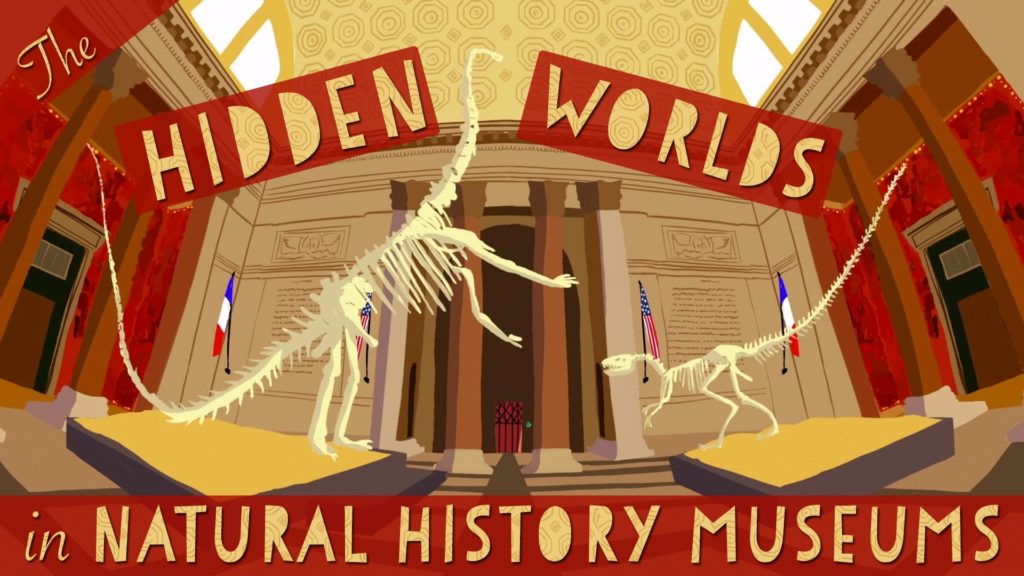The hidden worlds within natural history museums

When you think of natural history museums, you probably picture exhibits filled with ancient lifeless things, like dinosaurs meteroites, and gemstones. But behind that educational exterior, which only includes about 1% of a museum’s collection, there are hidden laboratories where scientific breakthroughs are made. Beyond the unmarked doors, and on the floors the elevators won’t take you to, you’d find windows into amazing worlds.
This maze of halls and laboratories is a scientific sanctuary that houses a seemingly endless variety of specimens. Here, researchers work to unravel mysteries of evolution, cosmic origins, and the history of our planet. One museum alone may have millions of specimens. The American Museum of Natural History in New York City has over 32,000,000 in its collection. Let’s take a look at just one of them.
Scientists have logged exactly where and when it was found and used various dating techniques to pinpoint when it originated. Repeat that a million times over, and these plants, animals, minerals, fossils, and artifacts present windows into times and places around the world and across billions of years of history. When a research problem emerges, scientists peer through these windows and test hypotheses about the past. For example, in the 1950s, populations of predatory birds, like peregrine falcons, owls, and eagles started to mysteriously crash, to the point where a number of species, including the bald eagle, were declared endangered.
Fortunately, scientists in The Field Museum in Chicago had been collecting the eggs of these predatory birds for decades. They discovered that the egg shells used to be thicker and had started to thin around the time when an insecticide called DDT started being sprayed on crops. DDT worked very well to kill insects, but when birds came and ate those heaps of dead bugs, the DDT accumulated in their bodies. It worked its way up the food chain and was absorbed by apex predator birds in such high concentrations that it thinned their eggs so that they couldn’t support the nesting bird’s weight. There were omelettes everywhere until scientists from The Field Museum in Chicago, and other institutions, helped solve the mystery and save the day.
America thanks you, Field Museum. Natural history museums windows into the past have solved many other scientific mysteries. Museum scientists have used their collections to sequence the Neanderthal genome, discover genes that gave mammoths red fur, and even pinpoint where ancient giant sharks gave birth. There are about 900 natural history museums in the world, and every year they make new discoveries and insights into the Earth’s past, present and future.
Museum collections even help us understand how modern threats, such as global climate change, are impacting our world. For instance, naturalists have been collecting samples for over 100 years from Walden Pond, famously immortalized by Henry David Thoreau. Thanks to those naturalists, who count Thoreau among their number, we know that the plants around Walden Pond are blooming over three weeks earlier than they did 150 years ago. Because these changes have taken place gradually, one person may not have noticed them over the span of a few decades, but thanks to museum collections, we have an uninterrupted record showing how our world is changing.
So the next time you’re exploring a natural history museum, remember that what you’re seeing is just one gem of a colossal scientific treasure trove. Behind those walls and under your feet are windows into forgotten worlds. And who knows? One day some future scientist may peer through one and see you.






Responses